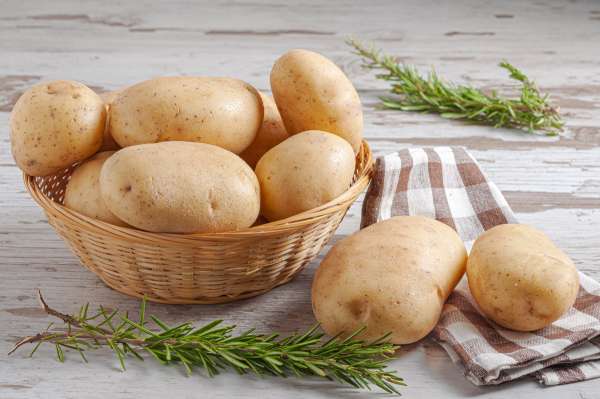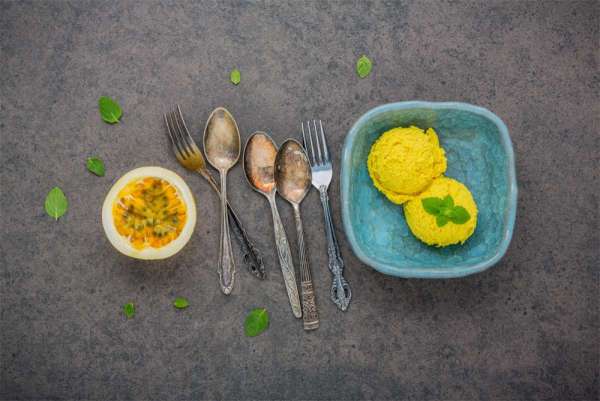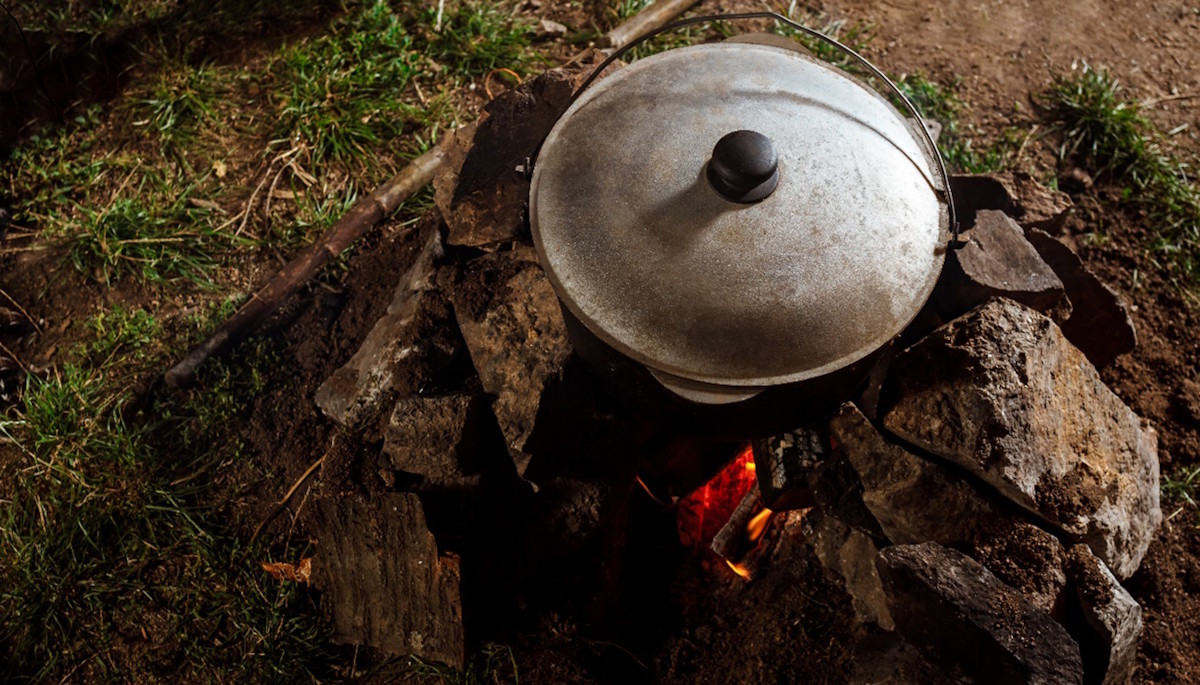
6 traditional Indian ingredients that could be the next millets
As millets rise in popularity, other indigenous Indian ingredients are quietly returning to the kitchen: nutritious, resilient and full of flavour

As destination dining draws travellers to remote, immersive food experiences rooted in terroir and seasonality, India’s indigenous ingredients are finding renewed relevance. The millet movement has sparked a larger reawakening — a growing interest in India’s treasure trove of indigenous, resilient and nutrient-dense foods. Across the country, several lesser-known grains, fruits and forest foods are quietly making their way into modern kitchens. Part of local diets for generations and valued for their nutrition and hardiness, these ingredients could be the next big thing on our plates.
These ingredients are not new discoveries, they’ve simply been overlooked for too long. As Indian food conversations shift towards the seasonal, the sustainable and the regional, these indigenous ingredients are getting the attention they deserve. Not as trends, but as traditions ready to be revived.
Here are some indigenous foods that are beginning to find their place on contemporary menus.
Mahua: A forest flower with new possibilities
Traditionally known for its use in local brews, mahua is now being seen in a new light. Its sweet, nutrient-rich flowers are being used in syrups, preserves and even desserts. As interest grows in ingredients that support both nutrition and local economies, mahua offers a promising mix of heritage and innovation.
Karonda: Sharp, bright and full of character
Tart and full of flavour, karonda is a small berry that grows wild across parts of India. Long used in pickles and chutneys, it’s now finding new uses in sauces, glazes and drinks. Its bold taste adds complexity to both sweet and savoury dishes, making it a favourite among chefs looking to bring regional ingredients into modern cooking.
Barnyard millet: A grain that works hard and tastes good
Among the many millets grown in India, barnyard millet stands out for how quickly it grows and how little water it needs. It’s light, gluten-free and easy to cook, with a gentle nutty flavour that works well in everything from upma to salads. As we look for grains that are better for both people and the planet, barnyard millet is one to watch.
Bamboo shoots: A regional favourite with a wider appeal
Used in the cuisines of the Northeast, parts of Odisha and coastal regions, bamboo shoots bring a unique texture and taste to the table. Their mild, earthy flavour pairs well with bold spices. With growing interest in wild and seasonal ingredients, chefs are turning to traditional ways of preparing bamboo: fermenting, pickling and slow cooking.
Job’s tears: A nutritious grain with a soft bite
Also called bhutai dana or coix seed, Job’s tears are grown in parts of the Eastern Himalayas. They’re high in protein and have a chewy, barley-like texture that works well in soups, porridges and grain bowls. As more people explore alternatives to wheat and rice, Job’s tears offer both variety and nutrition.
Kokum: A coastal staple, ready for more
Best known for its role in sol kadhi and cooling summer drinks, kokum also has a rich culinary life as a souring agent in curries and dals. Its deep, tangy flavour adds a unique dimension to dishes. Now, kokum is being used in reductions, vinaigrettes and even desserts, bringing a coastal classic into new territory.
Curious about these ingredients? Watch this space as we explore how chefs and home cooks are bringing them back to the table.
Tags
0 Comment
You may also like
-

Kitchen stories How safe is your morning glass of milk? What every Indian household must know about milk safety
by Vikhroli Cucina
-

Kitchen stories A journey through India’s timeless summer coolers
by Vikhroli Cucina
-

Kitchen stories Beyond fries: A global tour of potatoes for international potato day
by Vikhroli Cucina
-

Kitchen stories In season: what India’s eating in May?
by Vikhroli Cucina

